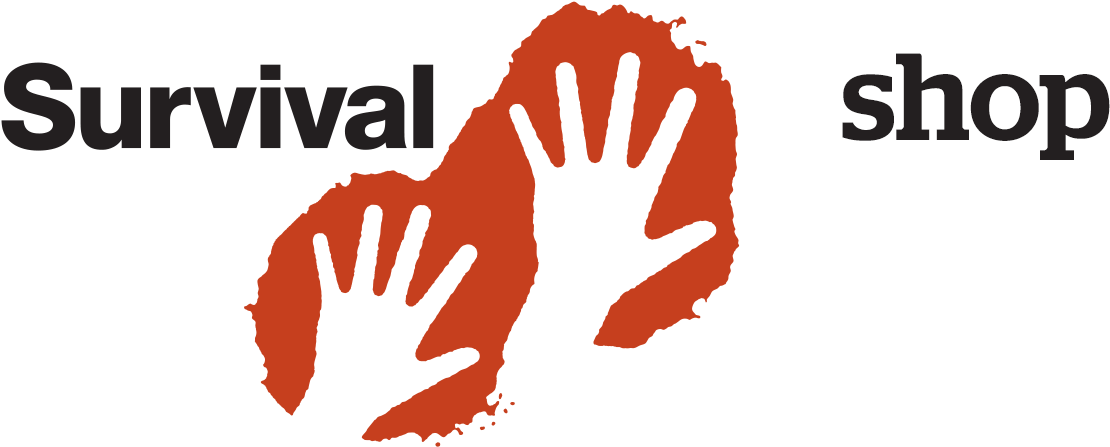What are the Essential Survival Goods for Emergency Preparedness?
What are the Essential Survival Goods for Emergency Preparedness?
Introduction
Emergency situations can occur unexpectedly, whether it's a natural disaster, a power outage, or a public health crisis. Being prepared for such events is crucial for the safety and well-being of yourself and your loved ones. One of the key aspects of emergency preparedness is having the necessary survival goods on hand. In this article, we will explore the essential items that should be included in your emergency preparedness kit. These items can provide sustenance, shelter, communication, and safety during challenging times.
Table of Contents
- Introduction
- Food and Water
- First Aid Supplies
- Lighting and Communication
- Emergency Shelter
- Personal Hygiene Items
- Tools and Equipment
- Important Documents and Cash
- Conclusion
- FAQs (Frequently Asked Questions)
1. Food and Water
During an emergency, access to food and clean water may be limited. It is essential to have an adequate supply of non-perishable food items that can sustain you and your family for at least a few days. Canned goods, dried fruits, energy bars, and ready-to-eat meals are good options. Remember to include a manual can opener. Additionally, store at least one gallon of water per person per day for drinking and sanitation purposes.
2. First Aid Supplies
A well-stocked first aid kit is crucial in emergency situations. It should include bandages, adhesive tape, antiseptic wipes, pain relievers, tweezers, scissors, sterile gauze pads, and any necessary prescription medications. Familiarize yourself with basic first aid procedures and keep a manual or guidebook on hand.
3. Lighting and Communication
In the event of a power outage, having reliable lighting and communication tools is essential. Include flashlights with extra batteries or hand-cranked flashlights. A battery-powered or hand-cranked radio can provide you with important updates and information. Additionally, consider including a whistle to signal for help and a portable charger for your mobile devices.
4. Emergency Shelter
In case you need to evacuate or if your home becomes uninhabitable, having emergency shelter supplies is crucial. Pack lightweight, easy-to-assemble tents or tarps, sleeping bags or blankets, and warm clothing. Include extra clothing and sturdy shoes appropriate for the climate in your region.
5. Personal Hygiene Items
Maintaining personal hygiene is important, even during emergencies. Pack essential hygiene items such as toothbrushes, toothpaste, soap, hand sanitizer, wet wipes, and menstrual hygiene products. Include plastic bags for waste disposal and plastic ties for sanitation purposes.
6. Tools and Equipment
Having basic tools and equipment can be invaluable during emergencies. Include a multi-purpose utility knife, duct tape, rope or cord, a wrench or pliers, a small fire extinguisher, and a whistle. These items can help with repairs, improvisation, and signaling for help if needed.
7. Important Documents and Cash
Make sure to keep copies of important documents in a waterproof and portable container. Include identification documents, insurance policies, medical records, and contact information of family members and emergency services. It is also advisable to keep some cash on hand, as electronic payment systems may not be functional during emergencies.
8. Conclusion
Being prepared for emergencies is essential to ensure the safety and well-being of yourself and your loved ones. By having the essential survival goods on hand, you can better navigate challenging situations. Remember to periodically check and update your emergency preparedness kit to ensure that items are not expired and are in good condition. By taking proactive measures, you can face emergencies with confidence and resilience.
FAQs (Frequently Asked Questions)
1. How often should I update my emergency preparedness kit? It is recommended to review and update your emergency preparedness kit at least once a year. Check expiration dates, replace any expired items, and ensure that the kit is tailored to the specific needs of your family.
2. Can I rely on my smartphone during emergencies for communication? While smartphones can be valuable for communication, they are dependent on power and network availability. It is advisable to have alternative communication methods, such as a battery-powered or hand-cranked radio, in your emergency kit.
3. Should I store my emergency preparedness kit in a specific location? Store your emergency preparedness kit in a readily accessible location known to all household members. Ensure it is in a cool, dry place and easy to grab in case of an evacuation.
4. How much water should I store per person in my emergency kit? It is recommended to store at least one gallon (3.78 liters) of water per person per day for drinking and sanitation purposes. This amount may vary based on individual needs, climate, and the duration of the emergency.
5. Can I customize my emergency preparedness kit based on specific needs? Absolutely. It is essential to customize your emergency preparedness kit based on the unique needs of your family, such as the presence of infants, elderly individuals, or individuals with specific medical conditions. Consider their requirements when selecting and packing items in your kit.




